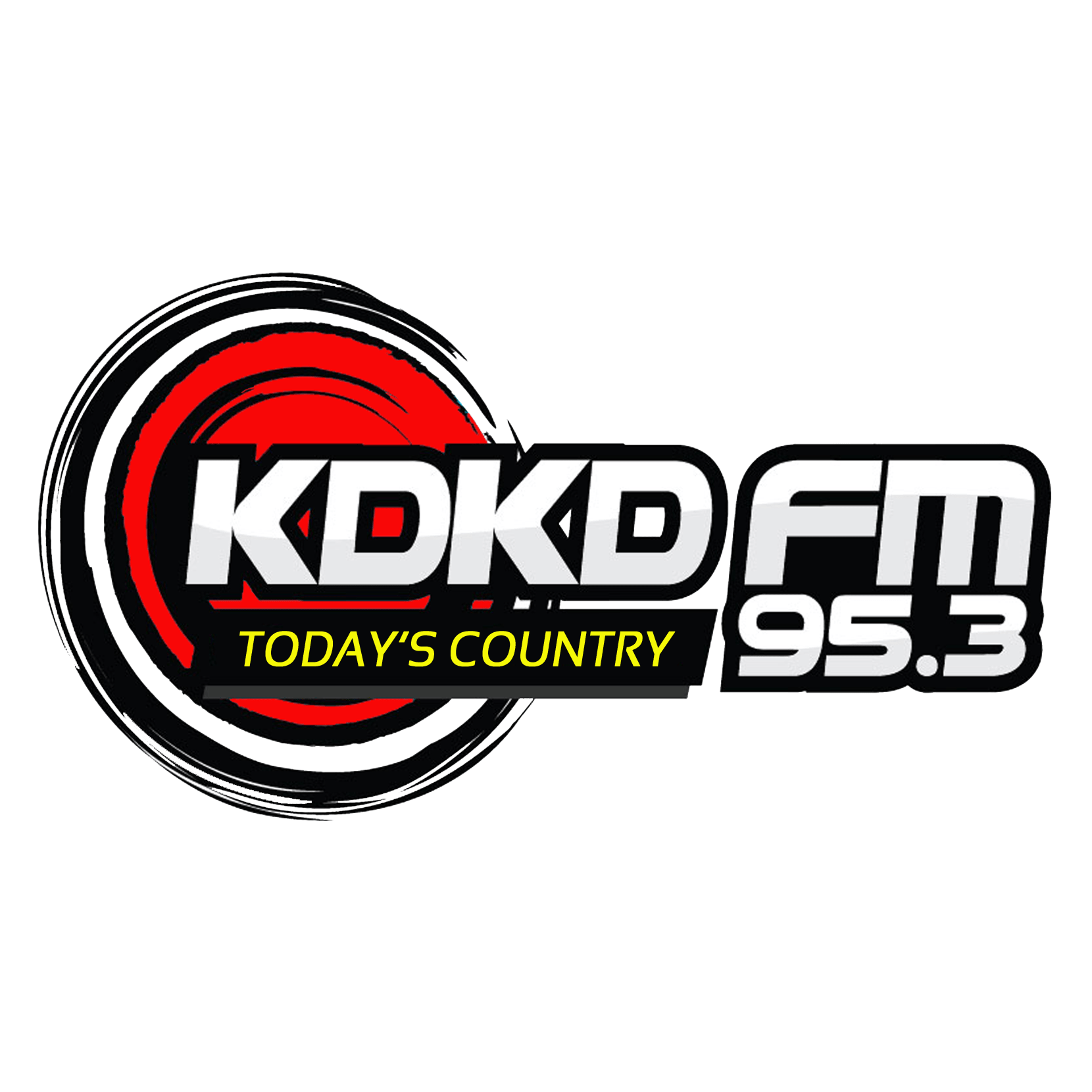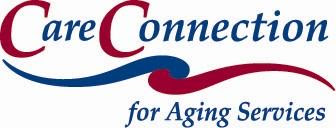
Is Your Farm Too Reliant on Borrowed Money? Understanding Solvency
Why Solvency Matters
Crop producers experienced a drop in net returns in 2024 and predictions are that prices will remain at or below the cost of production for the near future. In light of that, how can producers wisely manage their finances?
Handling your finances wisely means knowing some key numbers that indicate the health of your farm. One of those key numbers is the farm’s solvency.
Solvency measurements answer the questions, “Could all debts be paid if the farm and all assets were sold tomorrow?” and “To what extent is my farm business relying on borrowed money?”
What is the debt/asset ratio?
‘Debt/asset ratio’ is a commonly used solvency measurement. Debt/asset ratio compares a farm’s total assets with total liabilities. This is done by dividing the sum of the current and non-current farm liabilities by the sum of the current and non-current farm assets.
The formula for debt/asset ratio is: debt/asset ratio = total farm liabilities / total farm assets. For example, if the farm has $250,000 in total farm liabilities and $500,000 in total farm assets, the debt/asset ratio is .50. In this case, for every $1.00 of debt, the farm has $2.00 in assets. While that may sound strong, it actually falls in the caution range—meaning there’s increased reliance on borrowed money..
How to interpret your debt/asset ratio
Generally, a debt/asset ratio less than .30 is considered ‘strong’. A debt/asset ratio of .30 to .60 is considered ‘caution’. If the debt/asset ratio is greater than .60, that is considered ‘vulnerable’ or ‘stressed’. The example ratio of .50 is in the ‘caution’ range.
Why does this matter?
A high debt/asset ratio means the farm is more dependent on borrowed money and more vulnerable to risk. A high debt/asset ratio reduces flexibility in tough times and limits future borrowing capacity. Basically, a farm with a higher debt/asset ratio has a smaller financial ‘cushion’ to use when needed. Think of solvency as your farm’s shock absorber—too much debt means less cushion when things get rough. Knowing the farm’s debt/asset ratio and keeping it in the ‘strong’ category helps to maintain the farm’s financial health and stability.
Ways to Improve Solvency
Here are some possible options to consider: 1) create a risk management plan; 2) add off-farm income, 3) sell no- or low-profit farm assets or enterprises, and 4) develop a marketing program. Need help with risk management or marketing? Please contact me or your local MU Extension Ag Business Field Specialist.
Improving solvency doesn’t happen overnight, but small, steady steps—improving marketing or adding off-farm income—can strengthen your farm’s financial foundation. Reach out to your local MU Extension Ag Business Specialist for tailored support.
Take a look at MU Extension ‘Farm Accounting’ resources including Missouri Farm Record Books, budgets and spreadsheets available online (http://tinyurl.com/mr2knym8), muext.us/FarmAccounting,, or at your county MU Extension office.
Have a recordkeeping or budgeting question? Want to pass along your experiences with farm records? Contact Amie at abreshears@missouri.edu, 660-619-7994, and follow MU Extension in Benton County on Facebook. Dr. Amie Breshears is an MU Extension specialist in Ag Business. She serves the West-Central Region. She and her husband, David, have three sons and raise beef cattle on their family farm near Warsaw, Missouri.










